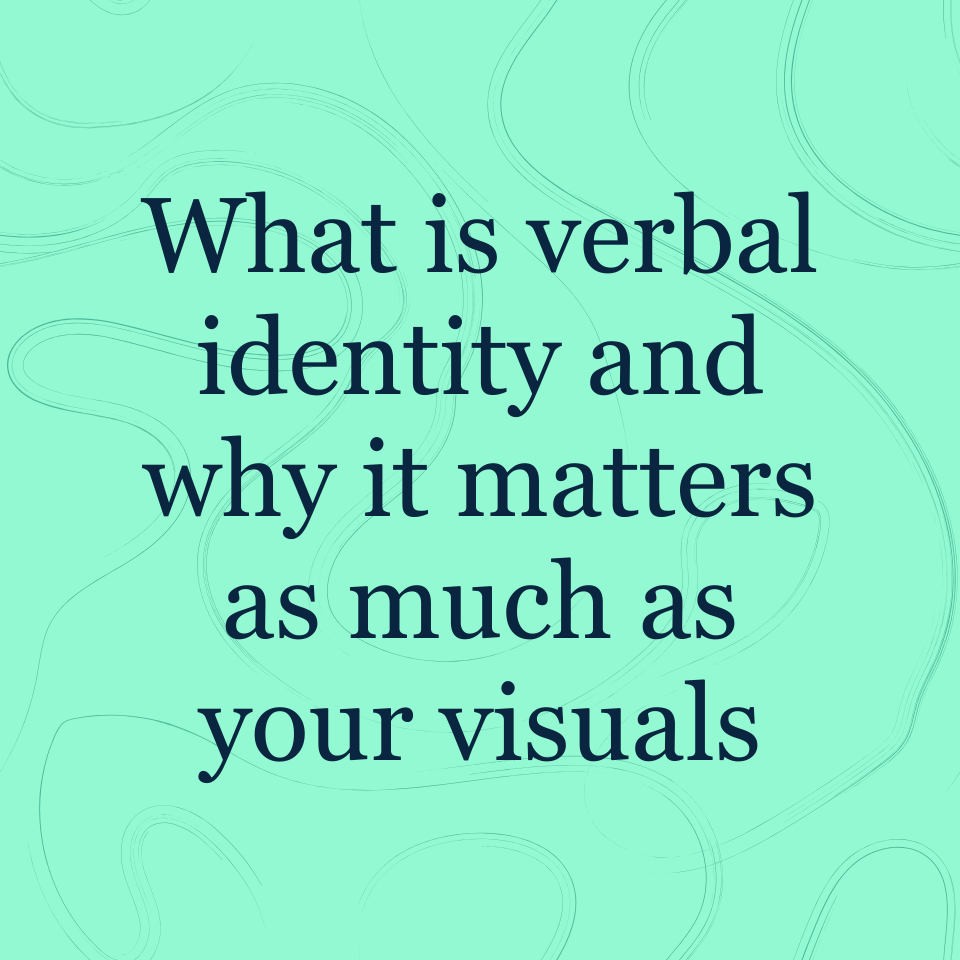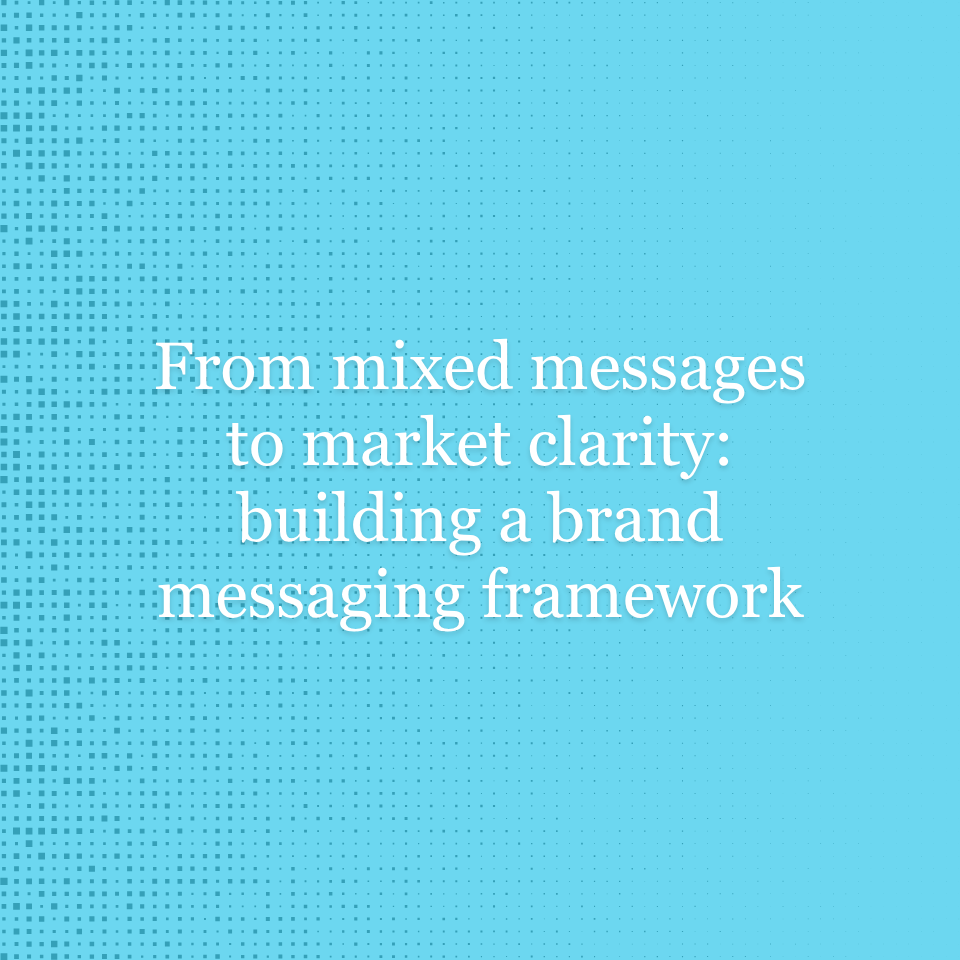Last Thursday, I joined Northbound’s virtual discussion on branding during the time of COVID-19. On top of sharing insights from our survey on how American consumers are thinking and feeling during this time (you can request the full survey report here), Northbound founder Samantha (Sam) Temple Neukom and guest Tim Hoppin (Director of brand strategy for the commercial business at Microsoft) also discussed what actions brands should be taking during this time.
For all of you who were unable to join the discussion, I wanted to share what I learned in the form of actionable next steps brands can take to make a meaningful impact and stay relevant during this time. My biggest takeaway is that brands today must identify their core purpose, and then use that to guide their words, but more importantly the actions they take during this time. Here are the 4 things brands can do (starting right now!) during the time of COVID-19.
Before we get into the virtual discussion recap, I want to acknowledge the racial injustices most recently in the news, which have for too long been part of our nation’s history. While we must start by committing ourselves as individuals to anti-racism, I also believe that brands have a duty to take a stand against social injustice. As I wrote the following recap, it struck me that many of the principles around how brands can take action during COVID-19 can also be applied to how they respond to our nation’s pervasive issues of racial inequality. We are planning to share a blog on our thoughts and observations around Fast Company’s “The Brand as Activist” webinar, which featured a discussion around how brands can thoughtfully and responsibly contribute to conversation around racial injustice and use their power and influence to make a difference. Stay tuned.
First and foremost, brands must take care of their employees’ and customers’ well-being
This almost goes without saying. We are experiencing a global pandemic, and health and safety are of the utmost importance. But there are also economic pressures that can cause brands to overlook (if not ignore) the needs of the humans they serve and employ. During the virtual discussion, Sam talked about how taking care of employees isn’t just the right thing to do - it’s what customers expect brands to do.
This got me thinking about the rise of ‘ethical spending.’ Even before COVID-19, we had entered into an era where consumers (younger people especially) are choosing where to spend (and where not to spend) their money based on which brands align to their core beliefs and values. The brands who are creating safe work and retail environments, offering extended sick leave, giving hero pay (and much more) aren’t just looking out for their customers’ and employees’ safety, they are planting seeds of trust with their consumers that will pay off both in the near term and in the future.
This quote from Sam stuck with me, as it highlights the imperative for brands to create new ways to protect employees and customers in our new and changing world:
“Perhaps the greatest opportunity for brands is to step in within their relative industries and innovate around ways to resolve the tension between needing to get back to life/economic activity and the need to stay safe.”
– Samantha Temple Neukom, Northbound
To weather this storm, brands must identify their purpose and use it to empower their employees, customers, product innovations, as well as their experience and service design...
What I already knew and understood about brand purpose was deepened and solidified during the virtual discussion. Back before COVID-19, I witnessed through my work with Northbound and my own experiences with brands I love that a clear brand purpose can serve as the backbone of a brand’s actions both internally and externally. But what was made clear through the virtual discussion was that the power of purpose is exponentially higher during times of crisis. In its April 22, 2020, Quarterly Report, McKinsey stated that companies rooted in purpose - and a purpose that can easily and consistently be touted by employees and customers alike - are proven to be most resilient in times of crisis. It is in times of crisis that we most need common guiding principles, and having a clear purpose that unites leadership, employees, customers, and shareholders behind a common goal can be very powerful.
Tesla is one good example of a brand allowing its purpose (to save the world) to drive its actions. In March, producing ventilators would deliver on its purpose much more so than manufacturing electric vehicles. Microsoft is another good example. With free versions of Microsoft Teams available to everyone, Microsoft has enabled individuals and organizations big and small to connect with each other during a disconnected time, delivering on its purpose to “empower every person and every organization on the planet to achieve more.”
Tim shared a great example of how a flour company - Gold Medal - has empowered its customers in a small but very meaningful way.
“In this new world we are experiencing where we are staying at home, how can you turn that from feeling locked down, to actually feeling unlocked? For instance, unexpectedly, people are baking bread! Some of the flour companies like Gold Medal are going all in not only in providing their flour but also recipes and cooking classes, and creating an environment so that people – while they’re separate – are still being connected. I think that brands that are creating those opportunities are empowering.”
– Tim Hoppin, Microsoft
Gold Medal’s “make something good” slogan resonates especially now, when goodness can be found not just in baking bread but making connections (virtually, of course) with others who are doing the same. This idea of purpose feeds into the next takeaway, as purpose is the catalyst for action.
Actions speak louder than words - brands must put action behind their rhetoric
Brands that ‘talk the talk’ must also ‘walk the walk.’ Towards the end of the virtual discussion, the floor was opened up to participants to share examples of brands they felt were making a difference during the time of COVID-19. It was super interesting to hear the wide range of examples; brands making a difference in unique but impactful ways. But all the brands mentioned had one thing in common - they were taking action, not just putting out same-same, somber commercials expressing empathy for the situation. I was particularly struck by one participant’s example of Uber, who sacrificed their bottom line in order to promote social distancing by encouraging people not to use their service. Tim also shared how Walmart was taking action to promote safety and lift up the community:
“One of our customers, Walmart, is striking the right balance. They are first making sure their employees are safe – as all good companies are doing – then thinking about how they can change the way they are providing services to customers in a way that makes sense during this time of contactless shopping. And then they’re thinking about how they can give back to their communities…They are a good example of following a purpose and doing something tangible and measurable.”
– Tim Hoppin, Microsoft
As consumers, we are tired of hearing the ‘we are all in this together’ speech from brands. We want to see how brands are investing in making things better.
...but brands need to ensure that they are staying in their swim lane when it comes to disseminating information to their audiences
Whether we are aware of it or not (and whether we like it or not!) brands play a huge role in spreading information to people. My main takeaway: this can be a blessing and a curse. In times like COVID-19, when we are all desperate for answers, it can be tempting for brands to spread as much information to their audiences as possible. But in the virtual discussion, Tim warned that brands must be very careful not to disperse information outside their realm of expertise. Not only does this risk the health and safety of employees and customers (in the case of accidental spread of misinformation), but it also places brand health at a significant risk. Customers will quickly pick up on opportunistic messaging, and a brand can quickly lose credibility.
Once again, it all comes back to purpose. Your purpose should guide you towards your swim lane. To wrap up this recap of the virtual discussion, I want to mention Bulleit Bourbon, who was mentioned during our virtual discussion for their recent ad campaign that poked fun at the solitude of our lives at home. Bulleit Bourbon didn't try to pretend they were something they were not - they stayed directly in their swim lane and gave us all a good laugh while doing it.
We will keep you posted on future virtual discussions around our consumer research during the time of COVID-19, and stay tuned for our June survey report, which will come out in mid-June. We will leave you with this final quote from our guest, Tim Hoppin, about the shifting role of brands in today’s world:
“No longer are brands talking at people. We are having conversations and relationships with people and creating a platform for them.”
Stay healthy, and stay tuned for more.

Piper Donaghu | Strategist




